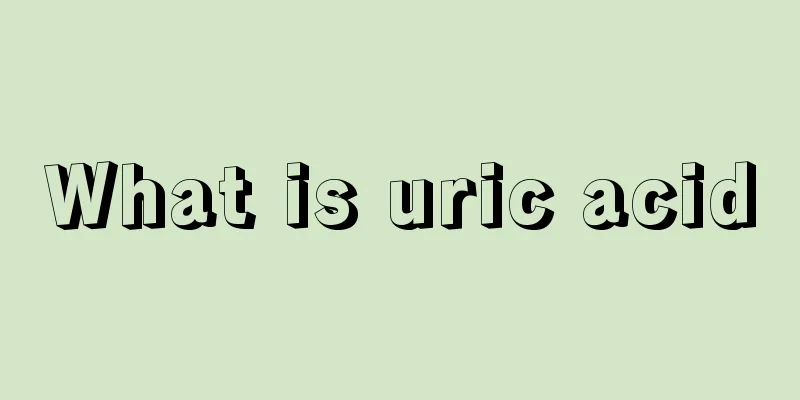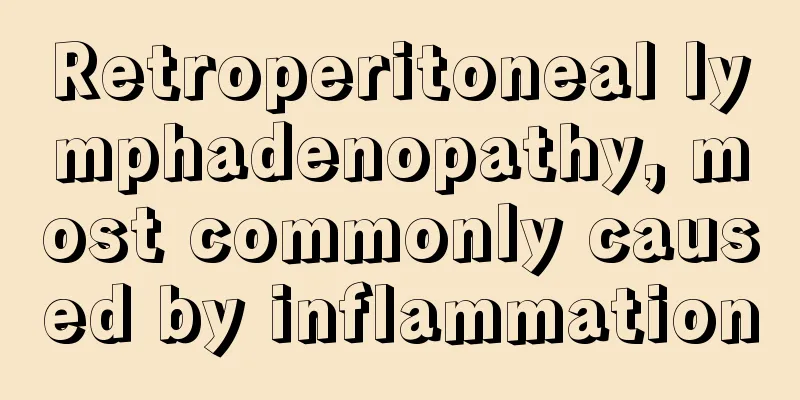How to clean your teeth? Four steps to do it

|
Appearance is the first impression you make on others. In this age where appearance is everything, yellow teeth can really affect your appearance. However, many people now buy teeth whitening devices but are unwilling to go to the hospital to receive cleaning by professional doctors. Maybe it's out of fear, but in fact, teeth cleaning can be easily completed in just four steps. 1. Disinfection Usually before starting, the doctor will ask the patient to rinse the mouth with an antiseptic solution. This process effectively reduces the bacterial content in saliva, thereby minimizing contamination. 2. Cleansing The doctor performs cleaning manually or ultrasonically according to the patient's specific situation. The process of teeth washing is usually a little painful. If the gingivitis is severe, bleeding will occur during teeth washing. In fact, the amount of bleeding is often a reflection of the degree of inflammation. This situation is similar to bleeding when brushing your teeth. You cannot stop brushing or washing your teeth because of bleeding. On the contrary, only careful brushing and washing can eliminate inflammation. Bleeding will be reduced or disappear after the inflammation is controlled or eliminated. In addition, due to the presence of a large amount of saliva and the water spray from the dental scaler, it may appear as if there is a lot of bleeding, but generally speaking the amount of bleeding is not too much. 3. Sandblasting This is done by using special salt and high-pressure water to further clean the teeth, making the pigment removal effect more obvious. Patients who do not have severe pigmentation on their teeth may not need sandblasting and only need one ultrasonic cleaning. 4. Polishing Polishing after scaling is like waxing your car after washing it. Ultrasonic cleaning will leave tiny scratches visible under a microscope on the tooth surface, causing the tooth surface to be slightly rough, which will easily accumulate stains and tartar. Polishing can make teeth brighter and the tooth surface smoother, thereby slowing down the adhesion of plaque and pigments and the formation of tartar. In addition, polishing can also reduce tooth sensitivity after scaling. |
<<: Will it be painful to drain pleural effusion?
>>: What to do if gums shrink and tooth roots are exposed? Guide to quick recovery
Recommend
What are the treatments for allergic asthma?
Allergic asthma can occur in anyone, especially c...
How to diagnose diseases from nails?
Nails are keratinous shells that grow at the ends...
What are the self-examination methods for bile duct cancer
Everyone knows that once bile duct cancer occurs,...
What are the early and middle stage symptoms of nasopharyngeal carcinoma? What is the diet in the early and middle stages?
What are the early and middle stage symptoms of n...
What are the ways to prevent liver cancer
Experts point out that for cancerous diseases, pr...
Can patients with cerebral infarction eat eggs?
There are more and more patients with cerebral in...
What is the reason for the purple mouth
Under normal circumstances, our mouth is relative...
The stool contains pus and blood
Thick blood in the stool is also called bloody an...
How to make and recipe of candied haws
Candied haws can be said to be a snack with a rel...
How to treat late-stage melanoma
Many melanoma patients lose confidence in their c...
What is the reason for high aspartate transferase
What is the reason for high aspartate transferase...
Is muscle heavier or fat heavier?
In the gym, we often see many muscular men. They ...
The benefits of massaging the reproductive glands on the soles of the feet
Acupoints are of great significance to human heal...
How to arrange the diet for lung cancer patients? Lung cancer patients are best to eat these foods
It is very unfortunate to have lung cancer. Durin...
What are the effects and functions of banana pear juice?
Bananas are refreshing, sweet and delicious. They...









